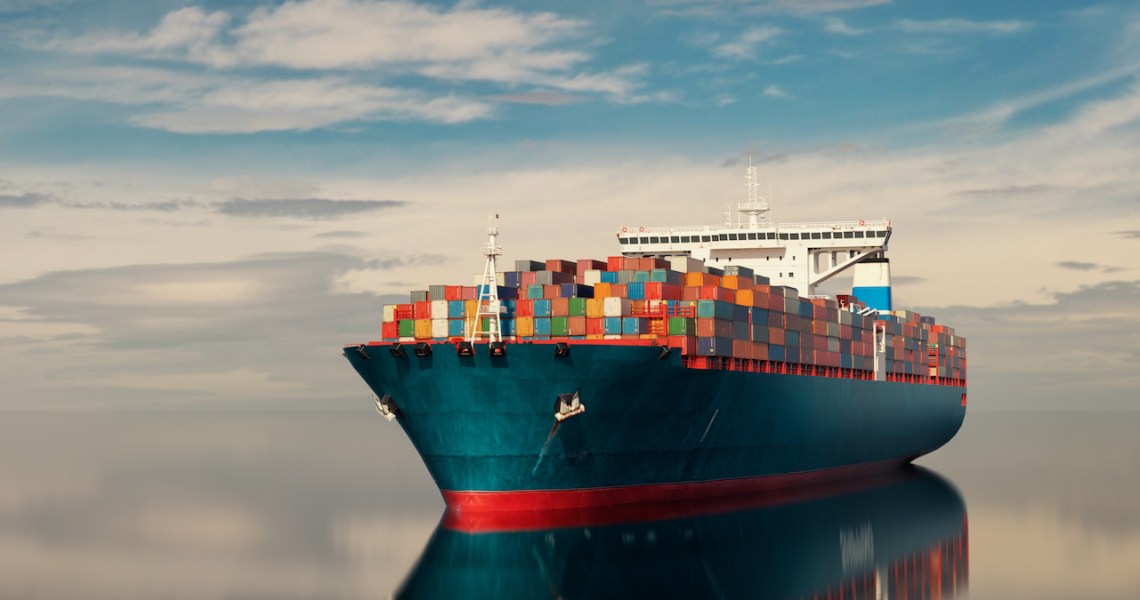One of the biggest supply chain issues facing U.S. brands has been port congestion. Since 2020, the ports on the West Coast of the country have been delayed as a glut of shipping containers clogged up the supply chain. Costs increased, as well, sending the price of a single shipping container through the roof, reaching a high of over $20,000 in late 2021.
But now, things are starting to clear up. The Port of Los Angeles saw lower volume for the first time in 25 months, with 27% fewer shipments arriving this past September compared to a year before. Shipment processing periods which had ballooned to eight days on average are easing closer to the pre-pandemic standard of two days. And average shipping container costs fell to just over $2,000 this past September, according to data from the Freightos Baltic Index. The clearing of problems in the West Coast supply chain is giving brands more reliable lead times and allowing them to invest more heavily in ocean shipping.
“Despite what will likely be a soft ending to 2022, we are on track to have the second [highest-volume] year in our history,” said Port of Los Angeles executive director Gene Seroka. “More importantly, the cargo backlog that began last year has nearly been eliminated.”
Some brands are already capitalizing on these changes. For example, Allbirds has increased its ocean shipping from 80% of all shipments to 84% this month. By 2025, Allbirds head of sustainability Hana Kajimura hopes the company can bring that number up to 95%. Ocean shipping is key to Allbirds’ ongoing sustainability goals to cut its carbon footprint in half by 2025, she said. Shipping by air has roughly 10-50 times the emissions of shipping by sea.
But not all shipping issues have been solved. According to Chris Dodd, head of operations at lingerie manufacturer Gelmart International, fewer shipments means less congestion but comes with other problems. While lead times for shipments coming through the West Coast have been reduced, Dodd said congestion has started to build up at East Coast ports as more shipments from China end up there.
“Retailers have reduced or canceled orders, which shifts liabilities to suppliers by creating buildup and constraints on capacity at distribution warehouses,” Dodd said. “Shipping lines are also reducing capacity to balance with [fewer retail orders] and stabilize rates, which has led to canceled sailings and container rollovers, impacting transit times.”




